The beauty of the three-syllable name alone conjures up swaying palm trees, exotic scents in the tropical evening breeze and a Shangri-la sense of peace and tranquility. Unfortunately, nothing could be further from the truth. Mandalay is a modern, business-minded city, laid out on a strict grid pattern that is usually dusty and insufferably hot and noisy. As they asked George Best, during his decline from youthful soccer hero to drunkard and buffoon, “where did it all go wrong?” The blame lies largely at the feet of Rudyard Kipling, poet laureate of the British Empire, who composed “The Road to Mandalay”, while spending time in Mawlamyine, a languid port in the south of the country. He never actually visited Mandalay, but that didn’t deter him from placing it on a bay, with a British soldier waxing sentimental about his Burmese girlfriend and the tinkling temple bells. This poem, later put to music, became a very popular song with the British troops in WW2 and indeed, my father used to sing it with gusto. Perhaps in a case of life imitating art, British troops did indeed take the “Road to Mandalay”, when they returned from India to retake the city from the Japanese in 1945, after some fierce fighting. Bizzarly, the British forces included Idi Amin and President Obama’s grandfather!
My next project was to give a 4-day solar training in Yangon, with my friend Kezar and his group, Alin Ein. Most of the participants were from the Delta of the Irrawaddy River, which was devastated during Cyclone Nargis in 2008. They had traveled all day to be there and their expectations were high. I gave them the full ‘Introduction to PV’ course and most of them were able to understand a great deal. Introducing people to accurate conceptions of Voltage, Current, Power and Energy is always difficult, as the terms are often confused and used interchangeably.

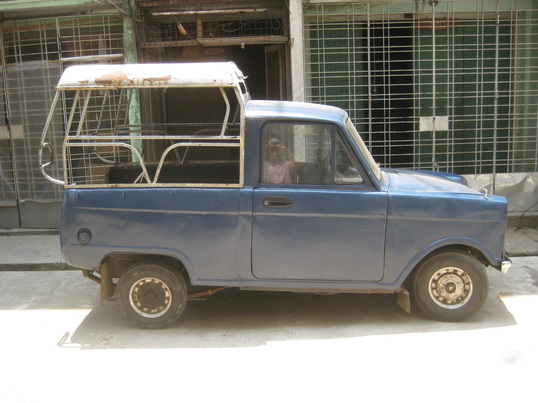
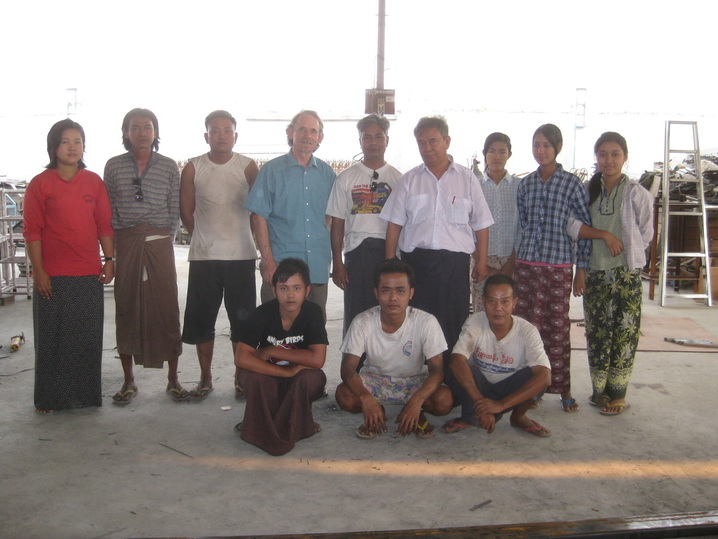
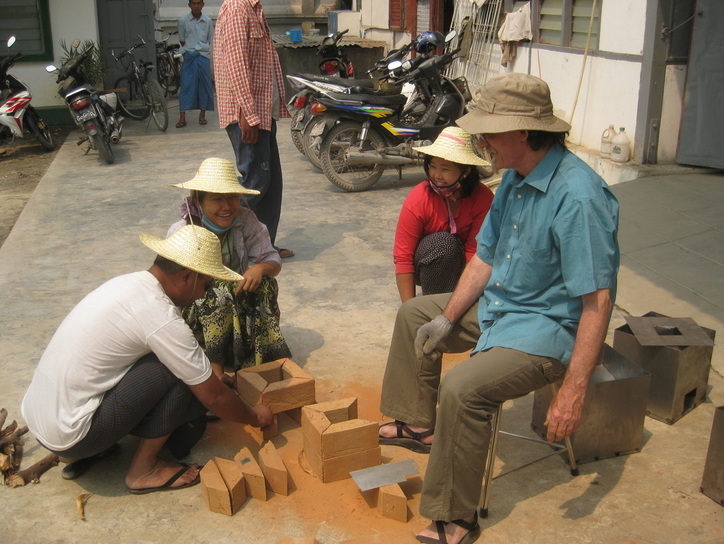

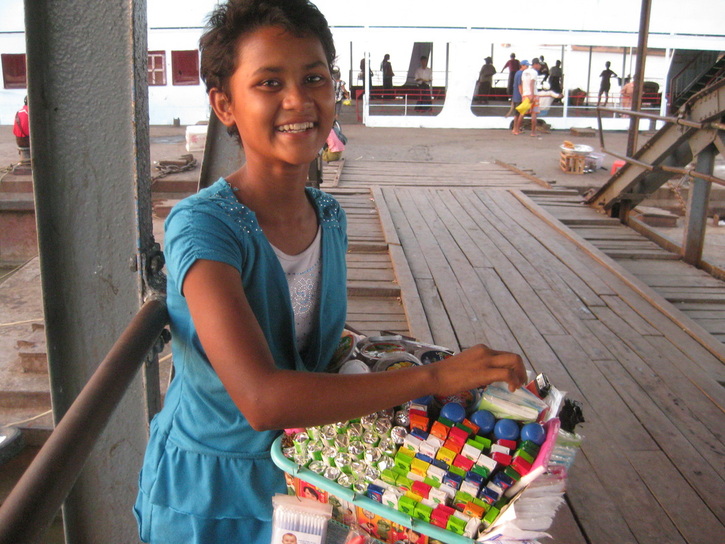
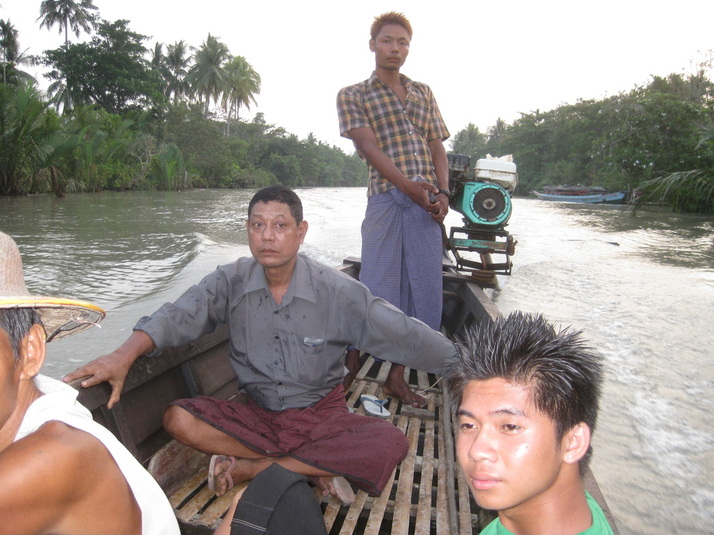
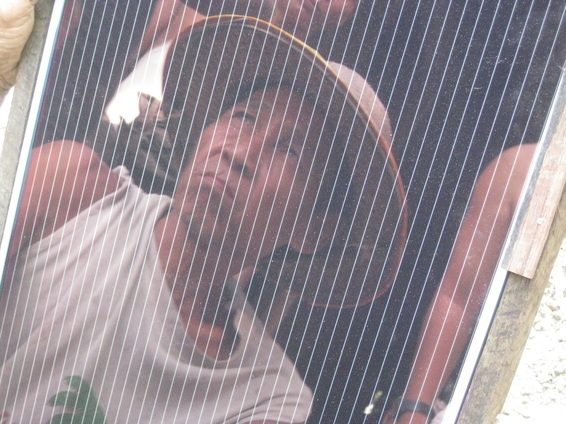
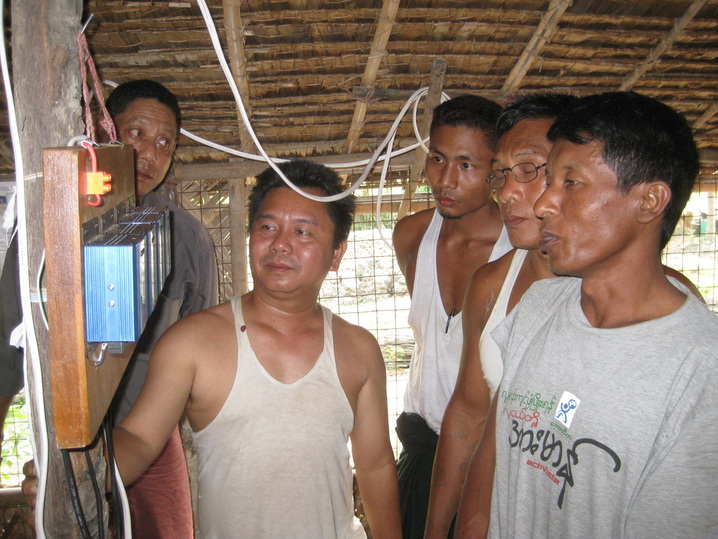
 RSS Feed
RSS Feed